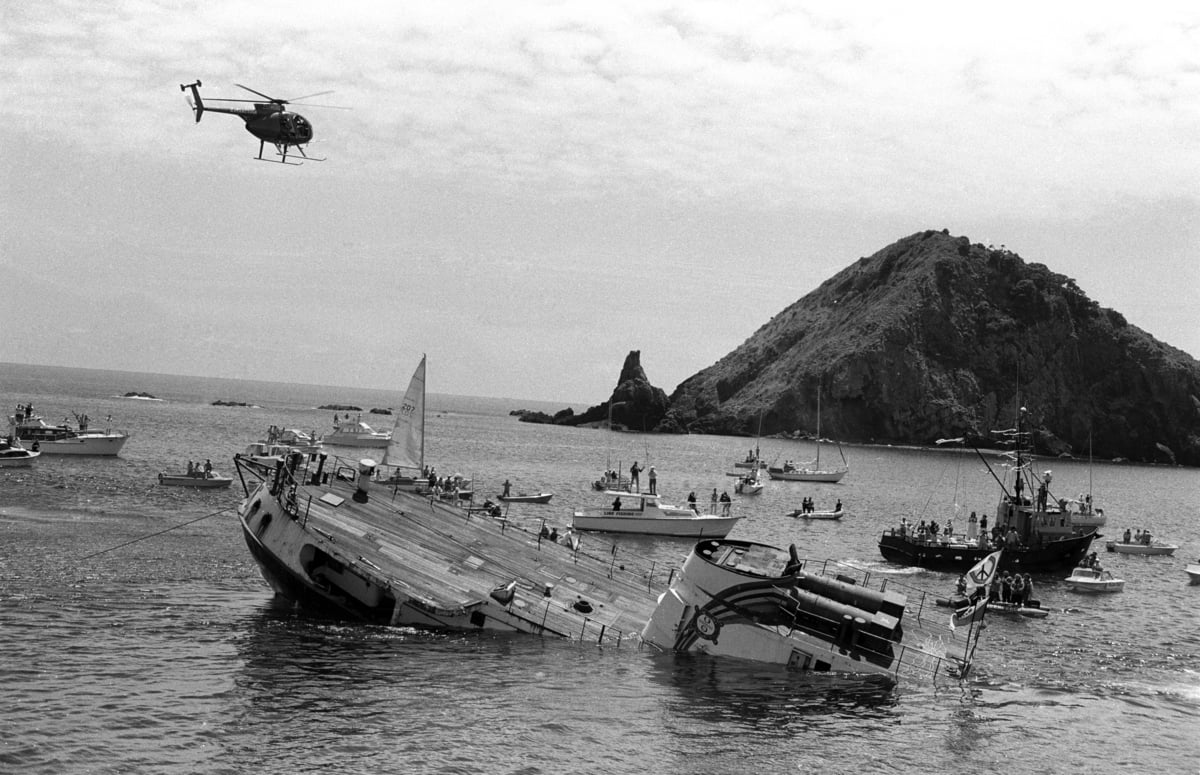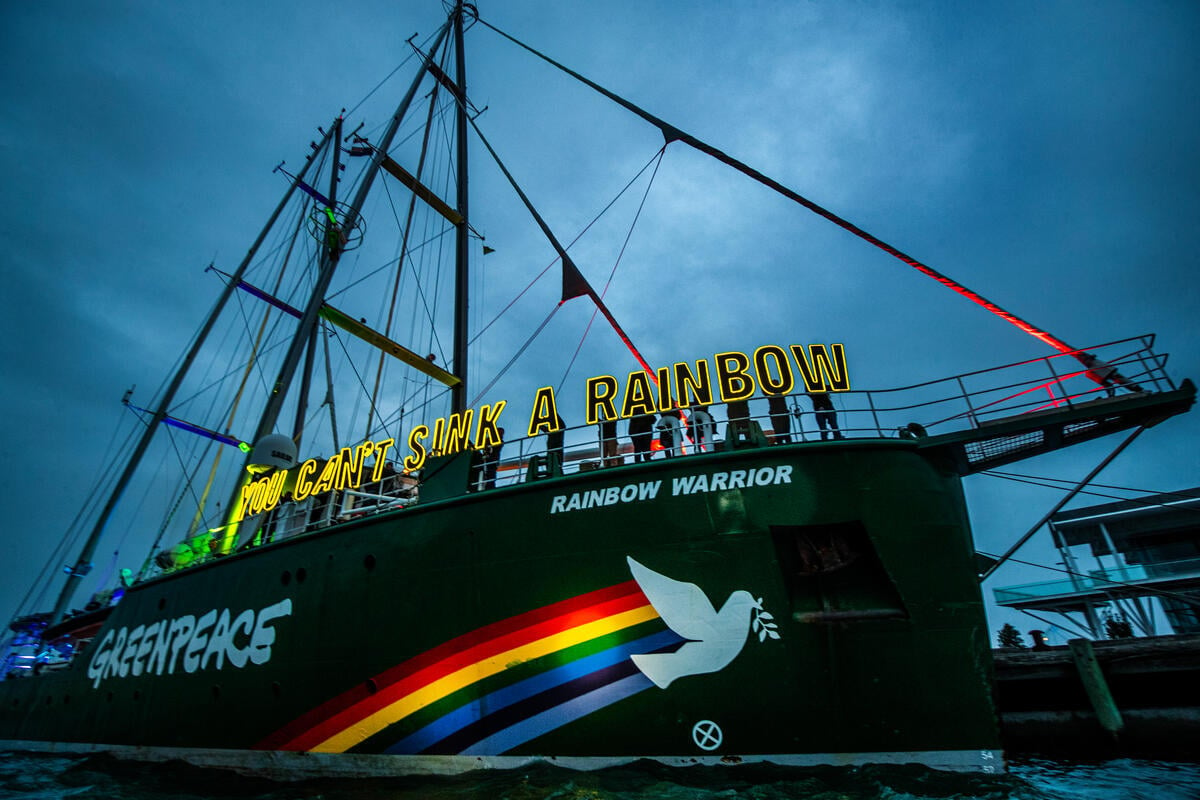Belém, Brazil – Carrying on its mast the message “Action, Justice, Hope,” Greenpeace’s iconic ship, the Rainbow Warrior, arrived in Belém, Pará, ahead of the United Nations Climate Conference COP30. At this critical moment for the planet, the ship returns to the Amazon alongside Indigenous Peoples, local communities, and social movements to urge global leaders to adopt ambitious climate targets, end global deforestation by 2030, and advance a just energy transition.
Photos and videos of the Rainbow Warrior are available in the Greenpeace Media Library.
Carolina Pasquali, Executive Director, Greenpeace Brazil said: ““The Rainbow Warrior arrives in Belém carrying the courage that drives Greenpeace’s activist actions, joining organisations, peoples, and social movements at COP30. The real solutions to the climate crisis already exist. They are in the forest, in the Indigenous territories, and in the wisdom of forest peoples. This must be heard and taken into account by leaders at COP30, who bear the responsibility to turn hope into action.”
On board the Rainbow Warrior, holding banners calling for respect for the Amazon, were Brazilian Indigenous leaders, including Dinamam Tuxá, Executive Coordinator of the Articulation of Indigenous Peoples of Brazil (APIB); Chief Megaron Txucarramãe of the Kayapó People; Angela Kaxuyana, Representative of the Coordination of Indigenous Organizations of the Brazilian Amazon (COIAB); and Carolina Pasquali, Executive Director of Greenpeace Brazil.
Dinamam Tuxá, Executive Coordinator, Articulation of Indigenous Peoples of Brazil (APIB): “The arrival of the Rainbow Warrior in the Amazon, at this historic moment of COP30, symbolises the union between global struggles and ancestral ones. Indigenous Peoples are here to remind the world that there is no climate justice without justice in the Indigenous territories. We are the guardians of the biomes, the waters, and biodiversity, and it is time for governments to listen and act alongside us — with courage and a real commitment to the planet’s future.”
Angela Kaxuyana, Coordination of Indigenous Organizations of the Brazilian Amazon (COIAB) said:“We arrived at COP30 with a clear message: there is no possible future without Indigenous Peoples at the center of global discussions. Addressing the climate crisis requires recognising, guaranteeing, and protecting Indigenous territories, as well as acknowledging the contributions of Indigenous Peoples to maintaining climate balance. We are the answer!”
Chief Megaron Txucarramãe of the Kayapó People said: “Our presence at COP30 represents the unity of Indigenous Peoples for life on the planet. We unite to guarantee a future for the next generations. What we want to show at COP30 is that we, the Indigenous Peoples, are truly responsible for keeping the Amazon and other biomes standing. Indigenous lands are the most effective solution to protect nature and face the climate crisis.”
“Leaders attending COP30 must advance simultaneously on the elimination of fossil fuels and the protection of forests, while ensuring adequate public climate finance for developing countries. That is why, in Belém, Greenpeace will urge global leaders to ensure that COP30 ends with an action plan to end forest destruction by 2030 , and to accelerate a just energy transition away from fossil fuels. Connecting these two agendas—and ensuring respect for Indigenous Peoples and local communities—is urgent. It is what can make COP30 the conference that kept the 1.5°C goal alive” explained Carolina Pasquali.
After anchoring at the UFPA port, Greenpeace will hold a press conference on board to present its expectations and demands for COP30.
ENDS
Notes:
[1] Greenpeace’s complete set of demands and expectations for COP30
Contacts:
Greenpeace International Press Desk: +31 (0) 20 718 2470 (available 24 hours), [email protected]
Greenpeace Brazil Press Desk [email protected]



